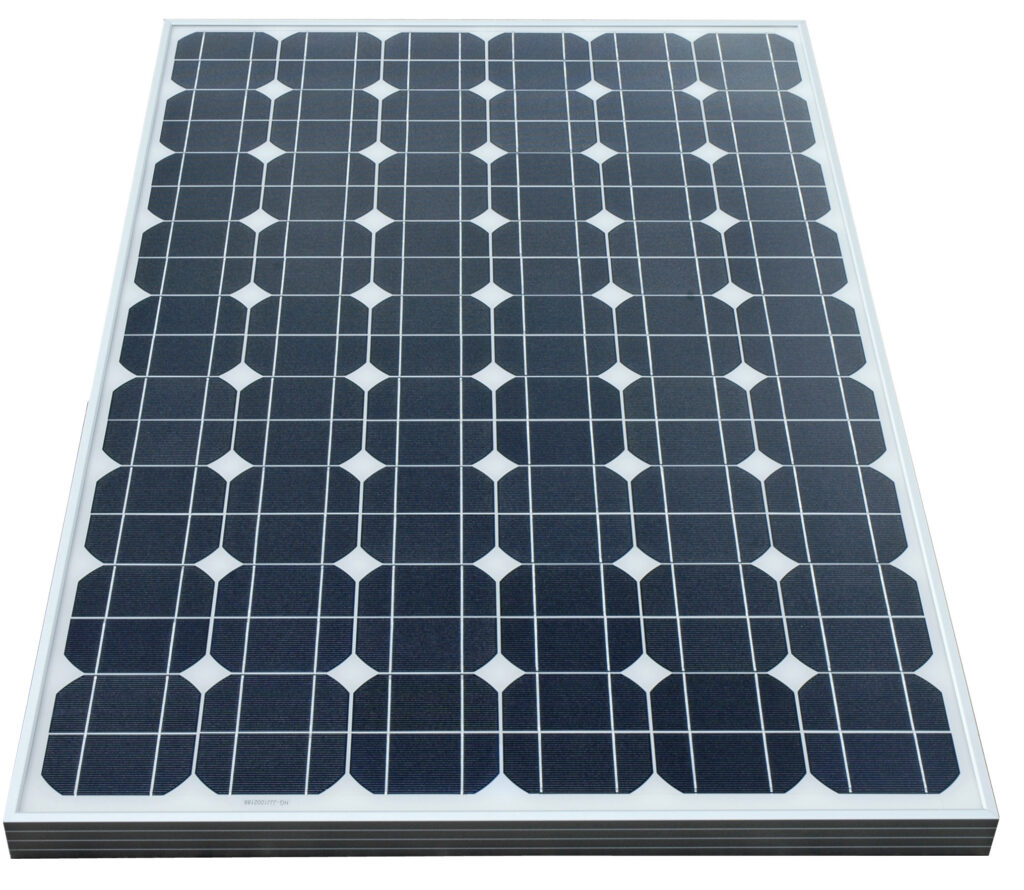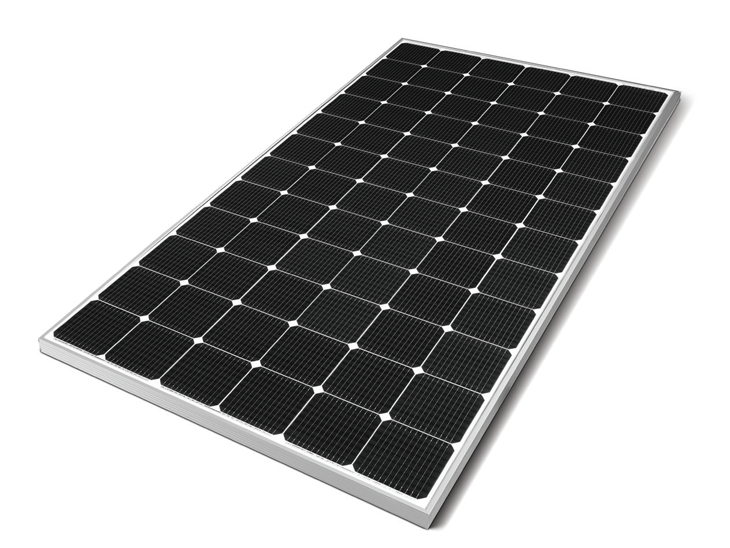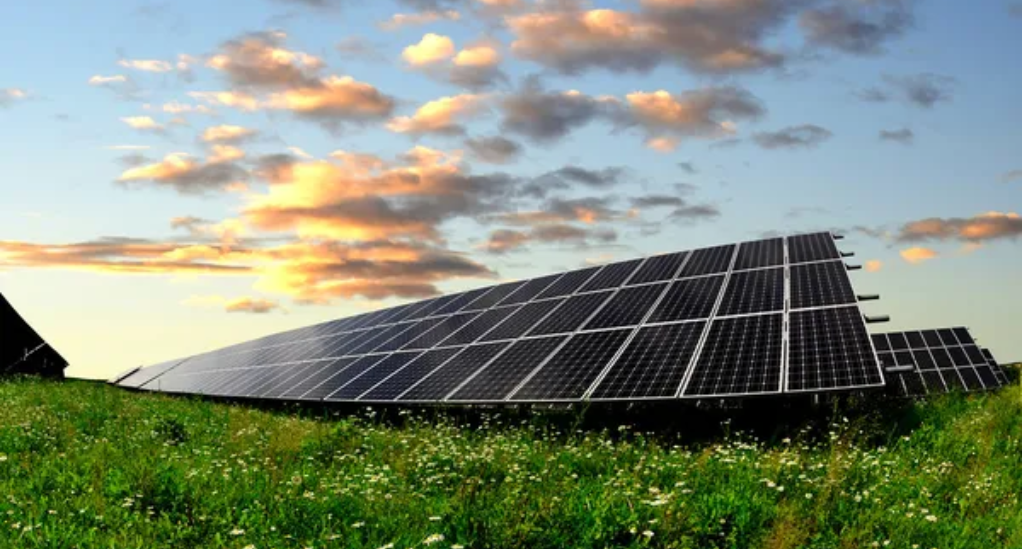The surge in renewable energy sources has prominently featured the rise of solar energy. In the last decade, the solar industry has expanded significantly, thanks to incentives like the Solar Investment Tax Credit and increasing demand from commercial and industrial sectors. This growth highlights the importance of understanding solar panel technology, a key component in harnessing solar energy.
What is a Solar Panel?
Solar panels are devices that convert sunlight into electricity. They consist of numerous solar cells made of layers of silicon, boron, and phosphorus. Each cell creates an electric field that captures energy from the sun’s photons, resulting in a flow of electricity. This process is known as the photovoltaic effect, hence the alternative names for solar panels – photovoltaic panels or PV panels.

The Photovoltaic Effect Explained
At the heart of a solar panel is the photovoltaic effect. This phenomenon occurs when sunlight hits the solar cell, prompting electrons to move, generating an electric current. The typical solar panel includes 60, 72, or 90 solar cells, working together to produce electricity. This technology not only represents a leap forward in renewable energy but also showcases the fascinating interplay between sunlight and advanced materials.
Solar Panels in the Renewable Energy Landscape
Solar panels play a pivotal role in the renewable energy landscape. Their ability to convert sunlight into electricity without emitting greenhouse gases makes them a cornerstone in the shift towards cleaner energy sources. As solar technology continues to evolve, its impact on reducing carbon footprints and fostering sustainable energy practices becomes increasingly significant.
In-Depth Analysis of Each Solar Panel Type
The solar panel market offers a variety of options, each tailored to meet different energy needs and applications. An in-depth analysis of each type reveals their unique characteristics, advantages, and limitations. This detailed examination aids in understanding how each type functions and in determining the most suitable option for various requirements.
Monocrystalline Solar Panels

Monocrystalline panels, crafted from a single silicon crystal, are the epitome of efficiency in solar technology. They are highly efficient, converting more sunlight into electricity than other types. This efficiency makes them ideal for areas with limited space.
- Advantages:
- High efficiency: Converts more sunlight to electricity.
- Space-efficient: Requires less space for the same power output.
- Longevity: Tends to last longer than other types.
- Limitations:
- Higher cost: More expensive due to complex manufacturing.
- Silicon wastage: Significant material wastage in production.
Polycrystalline Solar Panels

Polycrystalline panels, made from multiple silicon crystals, are a more cost-effective option. They are slightly less efficient than monocrystalline panels but offer a balance between performance and affordability.
- Advantages:
- Cost-effective: Less expensive to manufacture.
- Reduced waste: More efficient use of silicon material.
- Limitations:
- Lower efficiency: Less efficient in converting sunlight to electricity.
- Larger footprint: Requires more space for the same output as monocrystalline.
Passivated Emitter and Rear Cell (PERC) Panels

PERC technology represents an advancement in monocrystalline solar panels. These panels include an additional layer that reflects light back into the cell, enhancing their efficiency, particularly in low-light conditions.
- Advantages:
- Enhanced efficiency: Higher power output than standard panels.
- Better performance in low light: Effective in diverse conditions.
- Limitations:
- Slightly higher cost: More expensive than standard monocrystalline panels.
- Potential for increased heat: The additional layer can lead to higher temperatures within the panel.
Thin-Film Solar Panels

Thin-film panels are distinguished by their lightweight and flexible design. They are less efficient than crystalline panels but are versatile in their application, including curved surfaces and portable solar products.
- Advantages:
- Flexible installation: Can be installed on varied surfaces.
- Lightweight: Easier to handle and install.
- Limitations:
- Lower efficiency: Less effective in energy conversion.
- Larger area required: Needs more space to produce the same amount of power as crystalline panels.
Understanding these nuances assists in selecting the right type of solar panel based on specific criteria such as budget, space availability, and energy needs. Each type offers a unique set of benefits, making it crucial to evaluate them in the context of individual requirements.
Comparing Solar Panel Types by Efficiency and Power Capacity
Efficiency and power capacity are critical factors in choosing the right solar panel. They determine how effectively a panel converts sunlight into electricity and the amount of power it can produce. Understanding these aspects helps in assessing which solar panel type aligns best with your energy requirements and spatial constraints.
Efficiency of Solar Panels
Efficiency is a measure of how much sunlight a solar panel can convert into usable electricity. A higher efficiency rating means more power generation in a smaller space.
| Solar Panel Type | Efficiency | Power Capacity | Characteristics | Usage |
|---|---|---|---|---|
| Monocrystalline | Around 15-20% | Often exceeds 300 watts per panel | High efficiency due to pure silicon usage | Ideal for space-limited areas |
| Polycrystalline | Generally 13-16% | Between 240 to 300 watts per panel | Slightly lower efficiency due to silicon crystal composition | Suitable for larger spaces |
| PERC | Can exceed 20% | Comparable to monocrystalline | Enhanced efficiency with additional layer for sunlight capture | Best in variable sunlight conditions |
| Thin-Film | Ranges 10-13% | Varies widely | Lower efficiency, offers installation flexibility | Optimal for flexible and mobile setups |
Cost Considerations and Other Factors in Choosing Solar Panels
When selecting solar panels, cost is a major factor, but it’s not the only consideration. Other aspects like temperature coefficients, fire ratings, hail ratings, and Light-Induced Degradation (LID) also play significant roles. Balancing these factors with cost helps in making a well-rounded decision suitable for individual needs and environmental conditions.
Cost Analysis of Different Solar Panel Types
The cost of solar panels varies depending on the type and technology used. It’s important to consider not only the initial purchase price but also long-term efficiency and potential energy savings.

- Monocrystalline Panels:
- Cost: Higher due to the manufacturing process.
- Long-Term Benefit: More efficient, leading to higher energy savings over time.
- Polycrystalline Panels:
- Cost: More budget-friendly than monocrystalline.
- Long-Term Benefit: Less efficient, but cost savings may offset lower energy output.
- PERC Panels:
- Cost: Slightly higher than standard monocrystalline panels.
- Long-Term Benefit: Enhanced efficiency can lead to greater energy savings.
- Thin-Film Panels:
- Cost: Varies, generally lower than crystalline panels.
- Long-Term Benefit: Less efficient but can be the best choice for non-standard installations.
Other Important Considerations
Besides cost, several other factors influence the choice of solar panels:
- Temperature Coefficient: Indicates how heat affects a panel’s performance. A lower coefficient is better in hotter climates.
- Fire Rating: Ensures that the panels meet safety standards and do not accelerate fire spread.
- Hail Rating: Demonstrates the panel’s durability in withstanding hail impacts.
- Light-Induced Degradation (LID): Refers to the efficiency loss experienced by some panels when first exposed to sunlight.
Installation Procedures for Different Solar Panel Types
- Monocrystalline Solar Panels:
- Location Selection: Choose a location with maximum exposure to sunlight throughout the day. South-facing roofs are often ideal.
- Mounting: Install mounting brackets or racks on the roof or ground to securely hold the panels.
- Wiring: Connect the panels in series or parallel to achieve the desired voltage and amperage.
- Inverter Installation: Install a solar inverter to convert DC electricity generated by the panels into AC electricity for home use.
- Electrical Connections: Connect the inverter to your home’s electrical system and the utility grid if you plan to sell excess electricity.
- Monitoring: Set up a monitoring system to track your solar panel’s performance over time.
- Polycrystalline Solar Panels:
- The installation process for polycrystalline panels is very similar to that of monocrystalline panels. Follow the same steps, including location selection, mounting, wiring, inverter installation, electrical connections, and monitoring.
- PERC Panels:
- PERC panels are essentially an advanced version of monocrystalline panels, so the installation process is identical to monocrystalline panels. Follow the same steps mentioned above.
- Thin-Film Solar Panels:
- Location Selection: Thin-film panels are more flexible and lightweight, making them suitable for various installations, such as on flat roofs, walls, or even as portable setups.
- Mounting: Depending on the application, thin-film panels can be mounted using adhesive, clamps, or brackets designed for flexible panels.
- Wiring: Connect the panels as needed for your specific setup, usually similar to crystalline panels.
- Inverter Installation: Install an inverter as required to convert DC to AC electricity.
- Electrical Connections: Connect the inverter to your electrical system and the grid if necessary.
- Monitoring: Set up a monitoring system to keep track of the performance of your thin-film panels.
It’s important to note that while the basic installation process is similar for all panel types, the specific details may vary based on factors like the type of roof, local building codes, and individual project requirements. It’s advisable to consult with a professional solar installer to ensure a safe and efficient installation tailored to your unique circumstances.
Conclusion
The surge in renewable energy, particularly solar power, has been a significant driver in the transition towards cleaner and more sustainable energy sources. Solar panels, with their ability to harness sunlight and convert it into electricity, play a pivotal role in this transition. The various types of solar panels, including monocrystalline, polycrystalline, PERC, and thin-film, offer a range of options to suit different energy needs and environmental conditions. Efficiency, power capacity, cost, and other factors all come into play when choosing the most suitable solar panel type, ensuring that individuals and industries can make informed decisions to maximize the benefits of solar energy while reducing their carbon footprint.
As the solar industry continues to evolve and innovate, understanding the intricacies of solar panel technology becomes increasingly important. By considering factors like efficiency, cost, and specific environmental conditions, individuals and businesses can make informed choices that not only harness the power of the sun but also contribute to a more sustainable and greener future.

